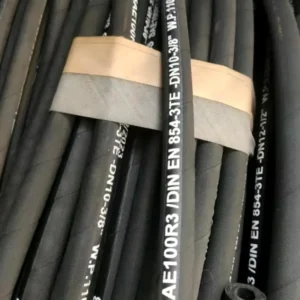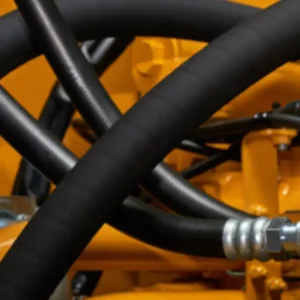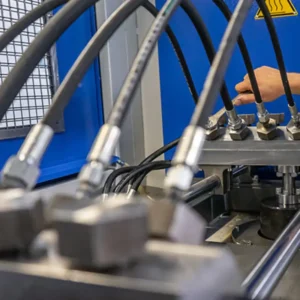In our daily work, every little detail can mean the difference between life and death. One of the most basic, yet crucial, pieces of knowledge is identifying the color of the gas hose. When you pick up your welding torch and prepare to begin work, do you know the color of the oxygen hose? This seemingly simple question hides a set of universal safety rules that are crucial to ensuring the safety of you and your colleagues. Today, I’d like to delve deeper into this topic.
What Color Are Oxygen Hoses?
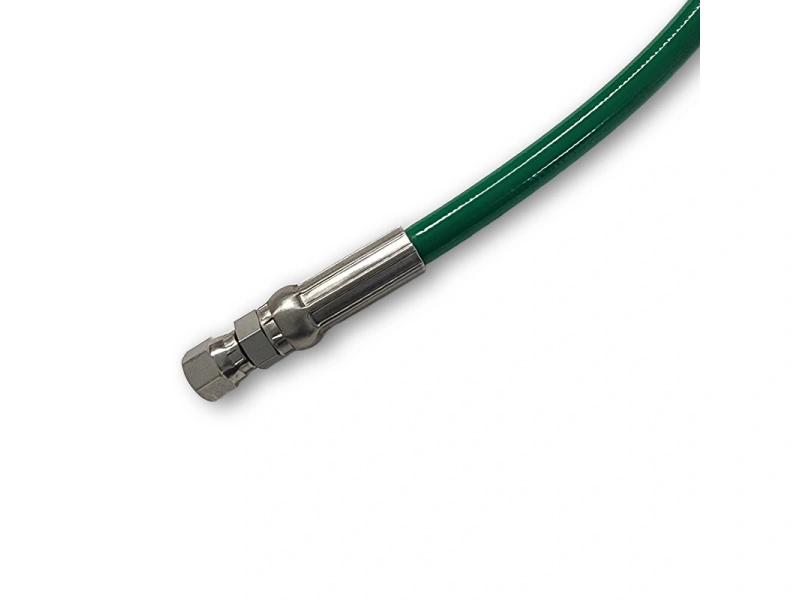
The color of oxygen hoses is typically green or blue. This isn’t a random choice; it’s a strictly enforced international safety standard. Globally, whether a hose adheres to ISO 3821 (Gas Welding Equipment—Specification for Hose Assemblies) or other national standards, green and blue are the designated colors for oxygen hoses.
This color coding is designed to provide an immediate and clear visual distinction when handling different gases, preventing the dangerous mix-up of hoses and significantly reducing the risk of accidents.
Why Is the Color So Important?
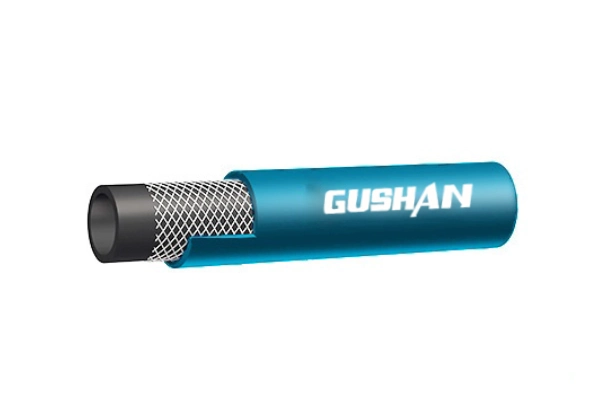
You might wonder why a simple color is so critical. It all comes down to the fundamental safety issues involved in gas use. In oxy-fuel welding and cutting, we handle two or more gases at the same time, such as oxygen and acetylene. If the hoses weren’t color-coded, a mix-up could be disastrous.
- Preventing Dangerous Mix-ups: This is the primary purpose of the color coding. By using clear colors, we can quickly identify the type of gas flowing through each hose, preventing us from mistakenly connecting an oxygen hose to an acetylene cylinder, or vice-versa. This simple visual check is the most effective safety confirmation you can make before starting work.
- Consequences and Risks: The consequences of mixing up hoses are catastrophic. For instance, if you accidentally connect an acetylene hose (which is typically red) to an oxygen cylinder, or vice-versa, it could lead to:
- Explosion Risk: Acetylene is a highly unstable gas and can react violently with certain metals (like brass or copper components in a hose). If oxygen enters the acetylene line, it can create a highly flammable mixture, easily leading to a fire or explosion.
- Equipment Damage: Incorrect connections can cause reverse flow, damaging regulators and cylinders, leading to significant financial losses and safety hazards.
To make this even clearer, here is a simple chart showing the colors and gas types.
| Gas Type | Hose Color | Purpose |
| Oxygen | Green or Blue | Oxidizing gas (combustion supporter) |
| Acetylene | Red | Fuel gas |
| Propane/Propylene | Orange | Fuel gas |
| Inert Gas (e.g., Argon) | Black | Shielding gas |
The Material and Structure of an Oxygen Hose
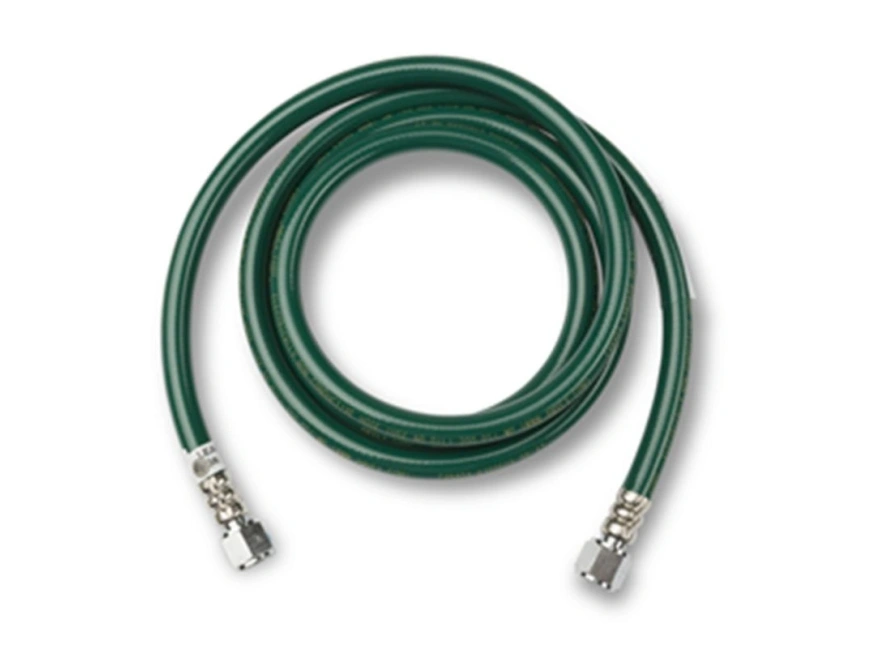
Beyond the color, an oxygen hose is specially designed in both material and structure to ensure absolute safety when transporting high-pressure oxygen. The hose typically uses a multi-layered composite structure, with each layer playing a vital role.
- Inner Tube: Made from a specific synthetic rubber compound, this material is designed to be resistant to high pressure and chemical degradation. It ensures the inner wall of the hose does not react with pure oxygen, guaranteeing the purity of the gas and the safety of the system.
- Reinforcement Layer: The hose’s core usually has one or more layers of braided fibers or high-tensile steel wire. This reinforcement provides the hose with its exceptional pressure-bearing capability, preventing it from expanding or bursting under working pressure.
- Outer Cover: The outer layer, or the “skin” of the hose, is also made of a durable, abrasion-resistant, and weather-resistant synthetic rubber. It is designed to withstand sparks, heat from welding operations, and the daily wear and tear from being dragged.
How to Choose the Right Oxygen Hose
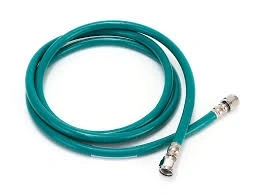
Selecting the right oxygen hose is the first step to ensuring safety. As a professional, I recommend that you follow these key points when purchasing a new hose.
- Check for Certifications: Make sure the hose is compliant with ISO 3821 or other local quality and safety certifications. These certifications are your authoritative guarantee of the product’s quality and performance.
- Confirm Working Pressure: The hose’s working pressure must match the maximum output pressure of your regulator, with an additional safety margin. Never use a hose with a pressure rating that is lower than what your system requires.
- Choose the Right Size and Length: The inner diameter (ID) of the hose should match your equipment to ensure a stable gas flow. The length should be long enough for you to move freely in your work area but not so long that it becomes a tripping or tangling hazard.
- Consider Twin-Line Hoses: For oxy-fuel welding, we often use a twin-line hose, where the oxygen hose (green) and the fuel gas hose (red) are bonded together. This design not only keeps the hoses organized but also physically prevents them from being mixed up, making it a highly recommended choice.
Maintenance and Safety Checks for Oxygen Hoses
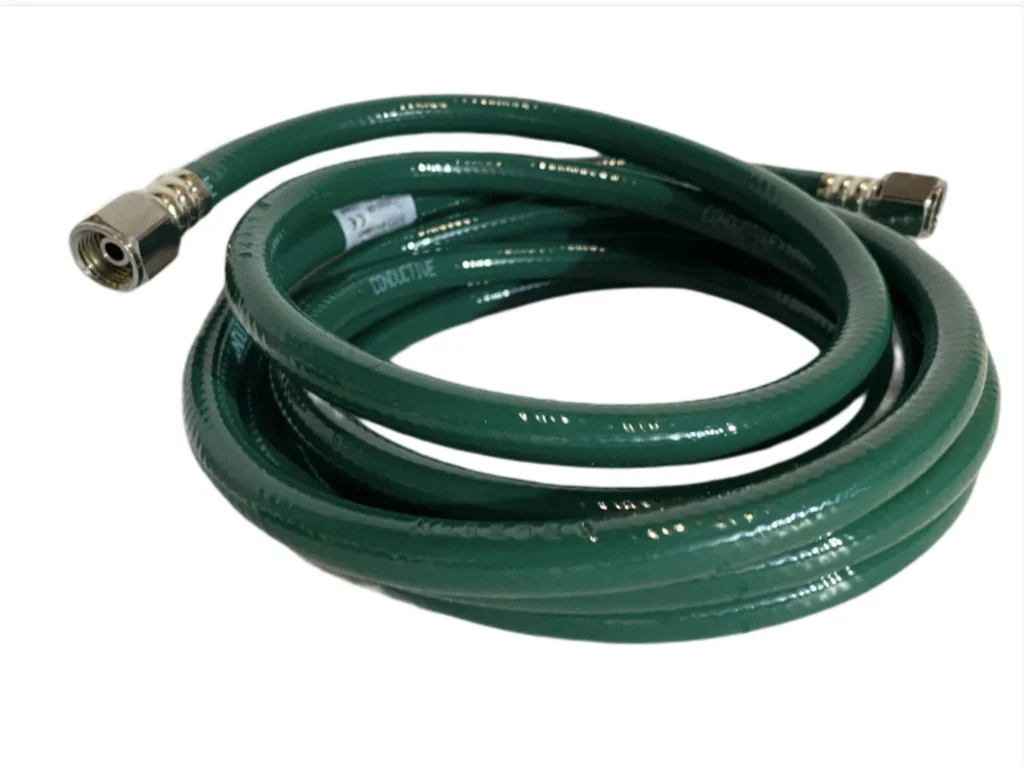
Even if you’ve chosen the highest quality oxygen hose, regular maintenance and inspections are still crucial. A good maintenance routine can significantly extend the life of your hose and prevent potential hazards.
- Regular Inspections: Before and after each use, take a few minutes to inspect the hose. Look for any signs of cuts, burns, swelling, hardening, or aging cracks.
- Check Connections: Use soapy water or a specialized leak-detecting fluid on the hose connections and fittings. If you see any bubbles, it indicates a leak, and you must stop using the hose immediately for repair or replacement.
- Avoid Damage: Try not to drag the hose over sharp objects, and keep it away from hot surfaces and chemicals. Never allow vehicles to run over the hose.
- Proper Storage: When not in use, coil the hose neatly and store it in a cool, dry, and well-ventilated area, away from direct sunlight and UV rays.
Frequently Asked Questions
Q: How long do oxygen hoses last?
A: The lifespan of a hose depends on its usage frequency and maintenance. In general, even if the hose looks fine, we recommend replacing it every 1-3 years to mitigate the potential risks of material degradation.
Q: Can oxygen and acetylene hoses be used interchangeably?
A: Absolutely not. This is an extremely dangerous practice. Their materials, fittings, and safety standards are completely different. Swapping them can lead to severe accidents.
Q: Why are some oxygen hoses blue?
A: Both green and blue are internationally accepted colors for oxygen hoses. While green is more common, blue is widely used by certain manufacturers and in specific regions. As long as the hose has a clear oxygen marking and meets the safety standards, it is safe to use.
Conclusion
Knowing what color oxygen hoses are is more than just a simple fact; it’s the first lesson in safety for anyone in the welding and cutting field. Green or blue for oxygen and red for acetylene—these are safety rules we must remember. By correctly choosing, regularly inspecting, and properly maintaining your hoses, you can dramatically reduce risks in your work and ensure the safety of yourself and others. I hope this article has given you a better understanding of this seemingly simple yet critically important piece of safety knowledge.

